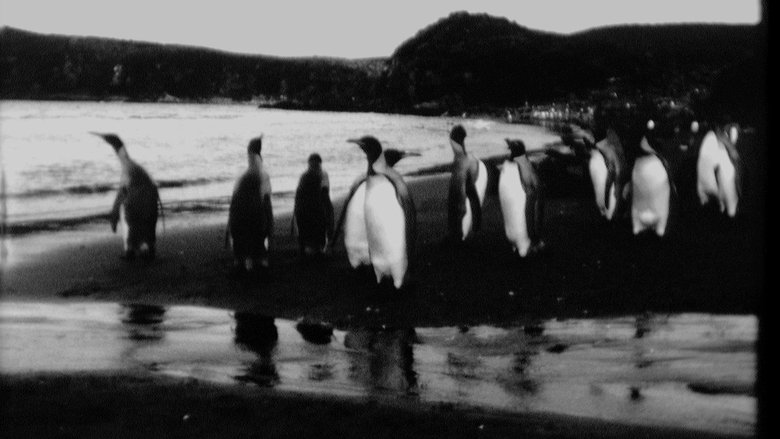End of Summer
Genres
Documentary
OverView
A hypnotic and slow-burning journey through the austere landscapes of the island of South Georgia and the Antarctic Peninsula. Shot on black and white super 8 film as a series of mostly static tableaux over a period of 20 days during the waning days of the Antarctic Summer, the film is a startling look at life at the edge of the world.
Others
Budget
$--
Revenue
$--
Status
Released
Original Language
Runtime
29 mins
Rating
5.7/10
Release Date
01 November 2014
Country
Antarctica

